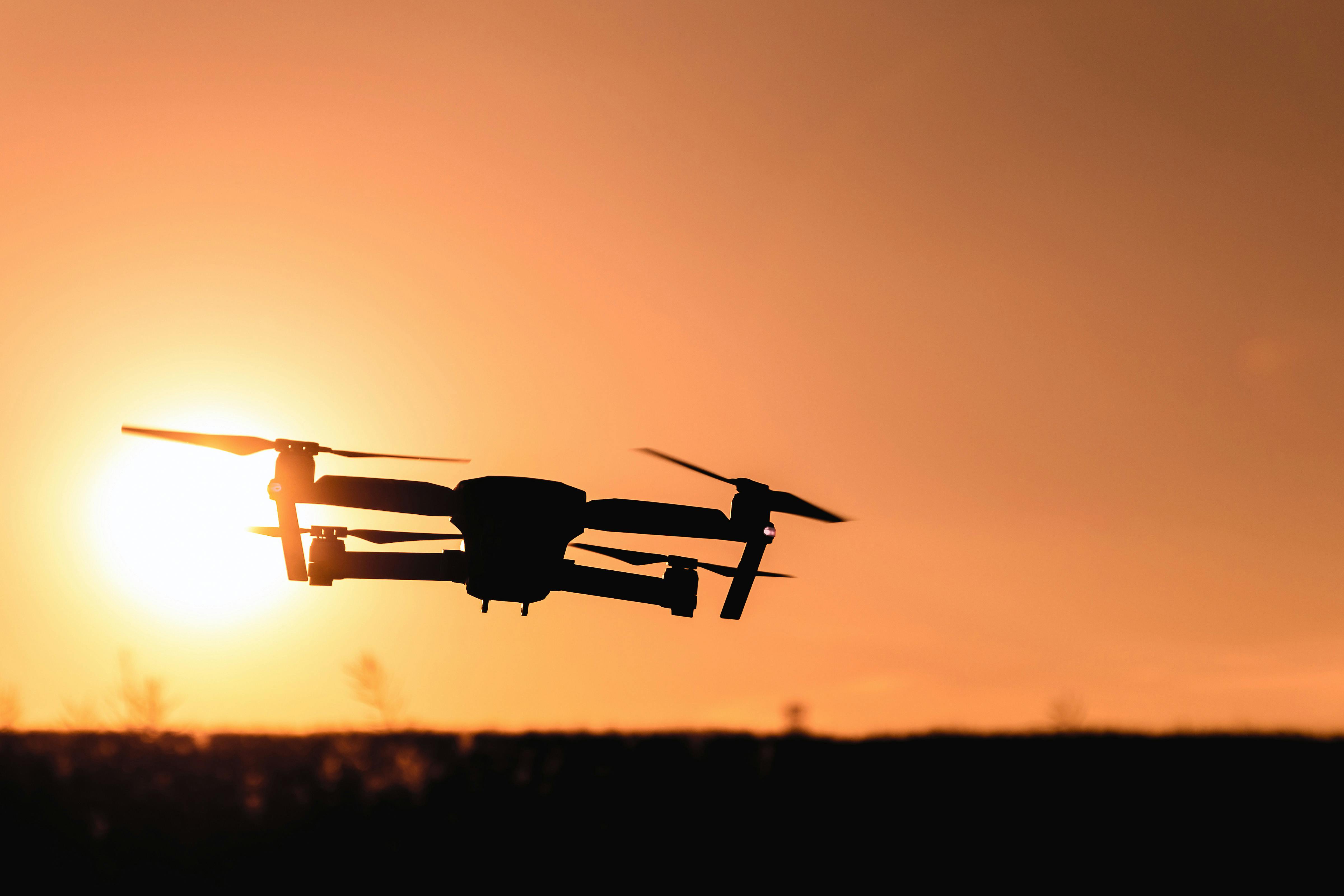Advancing Telecommunications Through Drone Technology
As the world becomes increasingly connected, the demand for reliable and efficient telecommunications infrastructure is more critical than ever. This is where drone technology is making waves, offering innovative solutions that could revolutionize the industry. This article explores how drones are shaping the future of telecommunications, offering insight into the technology, the industry trends, and its real-world applications.

The Emergence of Drone Technology in Telecommunications
The advent of drone technology has opened up a whole new realm of possibilities in numerous sectors, including telecommunications. Traditionally, telecom companies relied on terrestrial infrastructure – such as cables and towers – to transmit signals. However, these methods can be expensive, time-consuming, and often face geographical limitations. Drones, on the other hand, have the potential to overcome these challenges.
The use of drones in telecommunications began in the early 2010s, with tech giants such as Google and Facebook leading the way. These companies envisioned a future where drones could be used to provide internet connectivity in remote and underdeveloped regions. Over the past decade, this vision has evolved into a reality, with drones now being used for a wide range of purposes in the telecom industry.
Current Trends and Industry Insights
One of the most significant trends in the drone-telecom space is the use of drone swarms. A swarm of drones can create a temporary, aerial network – providing coverage during times of peak demand or in areas where traditional infrastructure is lacking.
Furthermore, regulatory changes are also shaping the industry. Recently, the Federal Aviation Administration (FAA) in the United States eased restrictions on commercial drone usage – a move that could spur further growth in the sector.
The Impact of Drone Technology
The impact of drone technology on the telecommunications industry is profound. For instance, drones can be used for infrastructure inspection, reducing risks associated with manual inspections and improving efficiency.
Moreover, in disaster-stricken areas where communication networks are often destroyed, drones can provide temporary network coverage, enabling rescue operations and facilitating communication among disaster management teams.
The Challenges and Future Directions
While the benefits are apparent, the use of drones in telecommunications is not without its challenges. Issues such as battery life, range, and safe operation are still being addressed.
However, with continuous technological advancements and supportive regulatory frameworks, the future of drones in telecommunications looks promising. As we move forward, we can expect to see drones playing an increasingly vital role in shaping the telecom industry, providing cost-effective, efficient, and innovative solutions.
In conclusion, drones are no longer just flying cameras; they are becoming a critical part of the telecommunications infrastructure. As the technology continues to mature, the possibilities are endless. So, watch this space as we track the journey of drones in revolutionizing telecommunications, one flight at a time.




